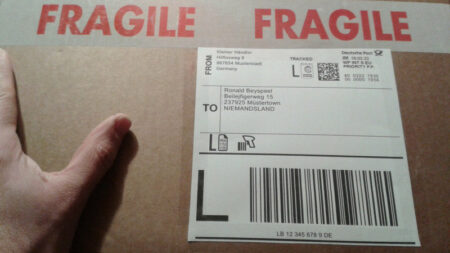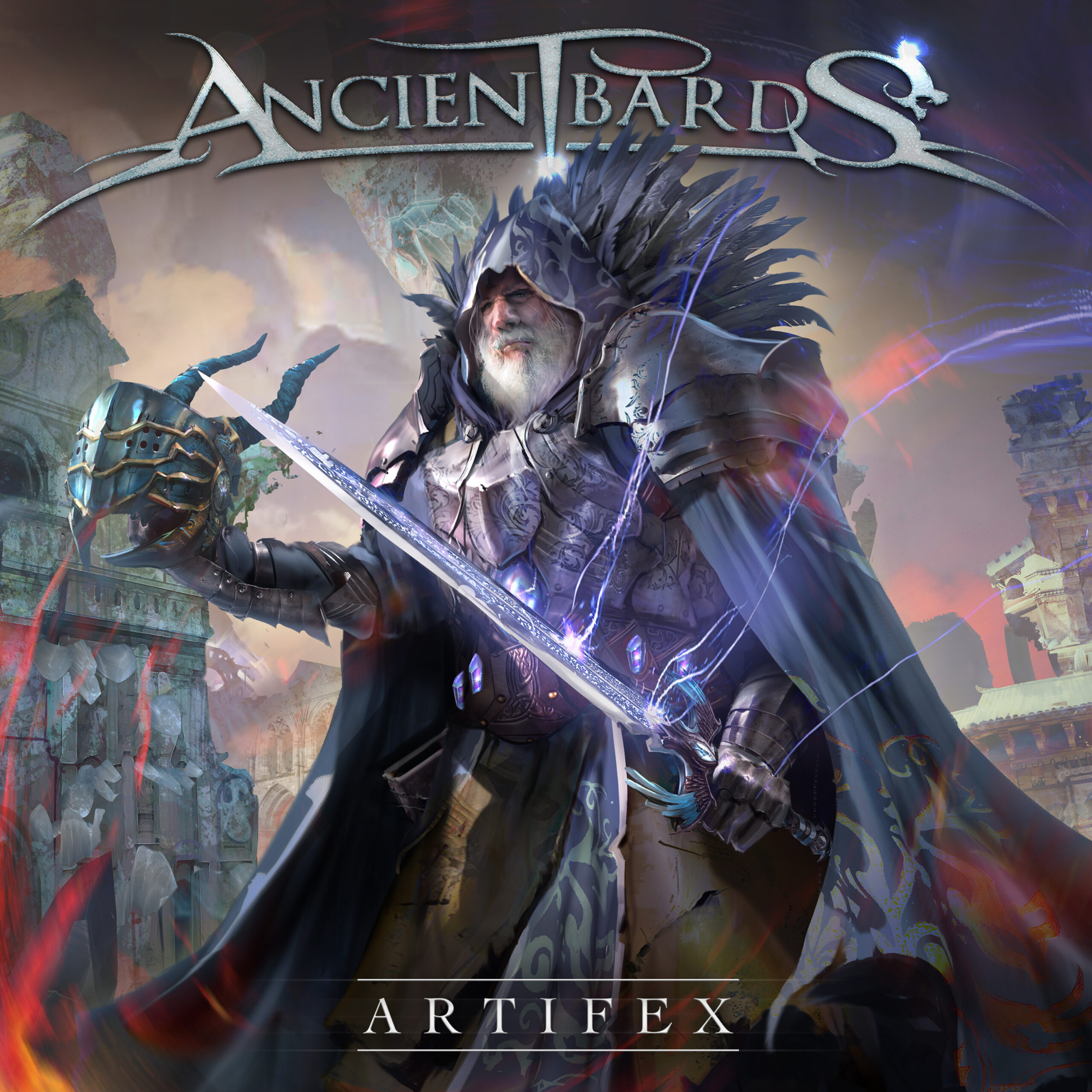MEMORIES OF OLD – new bass player
MEMORIES OF OLD are extremely happy and proud to announce the newest member of the MOO family, joining them as their new bassist, Rhys Morgan!!
“I feel elated to be joining Memories Of Old as we start this new chapter together, and I look forward to sharing this journey with everyone!!”
Everyone be sure to give Rhys the most warm welcome in the comments as we know you all will, and look out for more epic news still to come.
Click here for audio samples, videos and online stores/streaming platforms.


SYMPHONITY – The Making of… Marco Polo
Check out the brand new SYMPHONITY „The Making of… Marco Polo“ video which contains a lot of unique materials from the recording process of the album „Marco Polo: The Metal Soundtrack“ as well as insights of band members Libor Křivák, Tomáš Sklenář and Josef Cigánek. You can buy the album in the online stores and it’s also available on all digital streaming platforms.
Click here for audio samples, videos and online stores/streaming platforms.

FireWölfe – „Air Attack“ video out now!
„Air Attack“ was the first song FireWölfe wrote together. The original song idea came from guitarist Paul Kleff and the simple, straight forward approach of the song was the perfect vehicle for David Fefolt to craft his lyrics and melodies around. We thought it would make a great opening track for the album because of it’s intense, heavy grooves and simple song structure. Lyrically the song is literally about being in an „air attack“ in war times. As such we thought it would be cool to have some sound effects of air planes and some wartime explosions and gunfire as well. Paul Kleff also plays the super melodic solo on this track. „Air Attack“ is always mentioned as a fan favorite, and we wanted to do a cool video featuring World War II era fighter planes for the „Reloaded“ release of the debut album. Check it out!
Click here for audio samples, videos and online stores.

Petition – Erhaltung Warenpost International
Petition für Erhaltung Warenpost International mit bisherigen Maßen für Vinyl Versand.
Klick hier für Petition via ChangeGER.


FIREWÖLFE – Debutalbum Reissue
FireWölfe are unquestionably retro – but of the finer variety. Their riff monsters, refined with pithy vocals and brilliant licks and leads, breathe powerful U.S. metal vibes that should appeal to friends of legends such as Savatage or Riot as well as lovers of Heir Apparent or Fifth Angel.
The self-titled debut album, self-released by the band in 2011 and licensed to Japan, is now being released as a reissue via Limb Music.
The re-release is upgraded by a complete remastering and the brand new cover artwork by Dusan Markovic. In addition, there are two new bonus tracks recorded by the current line-up.
Guest vocalists Jonathan K. from Q5 and Bobby „Leatherlungs“ Lucas (Attacker, Overlorde, Seven Witches, Exhibition) grace these additional recordings with their well-oiled throats. The new songs originate from the original writing sessions of the two band founders Paul Kleff and Nick Layton.
Gems like „Feel The Thunder“, „Air Attack“, „Unholy“, „Back From Hell“ or the vibrating instrumental „Ice Wizard“ remain strong testimonies of a wonderfully harmonious formation that does not miss any edges.
– Remastered reissue of the debut album from 2011
– Remastered by Bart Gabriel (Crystal Viper, Cirith Ungol, Savage Grace, Q5)
– Exclusive CD only bonus tracks featuring the guest singers Jonathan K. (Q5) and Bobby „Leatherlungs“ Lucas (Attacker, Overlorde, Seven Witches, Exhibition)
– Brand new cover artwork by Dusan Markovic (Jag Panzer, Sorcerer, Death Dealer, The Sound Of Thunder, Symphonity, Dragony)
Click HERE for audio samples, videos and online stores.


FireWölfe – reloaded debut album out today!
FireWölfe’s selftitled debut album reissue is available today, on July 1. Fans of SAVATAGE, RIOT, HEIR APPARENT and FIFTH ANGEL – this one’s for you!
Reloaded reissue of their debut album from 2011. Remastered by Bart Gabriel (Crystal Viper, Cirith Ungol, Savage Grace, Q5) plus brand new cover artwork by Dusan Markovic (Jag Panzer, Sorcerer, Death Dealer, The Sound Of Thunder, Symphonity, Dragony) and 2 exclusive CD only bonus tracks, recorded by the current FireWölfe line-up and feat. guest vocalists Jonathan K. from Q5 and Bobby „Leatherlungs“ Lucas from ATTACKER! CD & Digital version is out now in Europe and on August 5, 2022 in North America.
Line-Up:
DAVID FEFOLT – vocals (Angels of Babylon, Hawk, Valhalla)
NICK LAYTON – guitars (Q5, Reign Of Glory)
PAUL KLEFF – guitars (Reverence, Metal Church)
JAY SCHELLEN – drums (Asia, Yes, Hurricane)
ZACK UIDL – bass (Thoughts Betrayed)
Click here for audio samples, videos and online stores.



FireWölfe – visualizer for „Unholy“ out now!
FireWölfe release visualizer video for „Unholy“ today. A catchy track from their upcoming remastered debut album reissue, out on July 1st in Europe and on August 5th in North America.
Guitarist and songwriter Nick Layton says:
“If I remember correctly UNHOLY was one of the last songs we wrote but we instantly knew we had something special with this song.
I was sitting with my guitar and experimenting with an open string idea in the key of G minor. I wanted to use the open G as a pedal to play a melody off of. That became the intro to the song and one of the song’s big hooks.
Dave’s lyrics tell the story of a love/hate relationship with a woman. It’s the old tale about someone we know know is bad for us but we can’t seem to break away from. I think the chorus is one of our all time best – melodic and heavy!
Paul Kleff and I had a blast trading guitar licks on the outro of the song. Overall UNHOLY is probably my favorite FireWölfe track. We’ve heard from many of our fans over the years and this ranks at the top of nearly everyone’s list.”
Click here for audio samples, videos and pre-order.

FIREWÖLFE – debut album reissue
US Melodic Metallers FIREWÖLFE announce „reloaded“ reissue of their same titled debut album from 2011. The album has been remastered by Bart Gabriel, and its new cover artwork has been designed by Dusan Markovic (JAG PANZER, SORCERER). The reissue includes two exclusive CD only bonus tracks, recorded by the current FIREWÖLFE line-up and featuring guest vocalists Jonathan K. from Q5 and Bobby “Leatherlungs” Lucas from ATTACKER.
CD & Digital version will be available on July 1st, 2022 in Europe and on August 5th, 2022 in North America. FIREWÖLFE’s riff monsters, refined with pithy vocals and brilliant licks and leads, breathe powerful US Metal vibes that should appeal to friends of legends such as SAVATAGE or RIOT, as well as lovers of HEIR APPARENT or FIFTH ANGEL.
Tomorrow the promo visualizer for „Unholy“ will be released.
Click here for audio samples, videos and pre-order.





